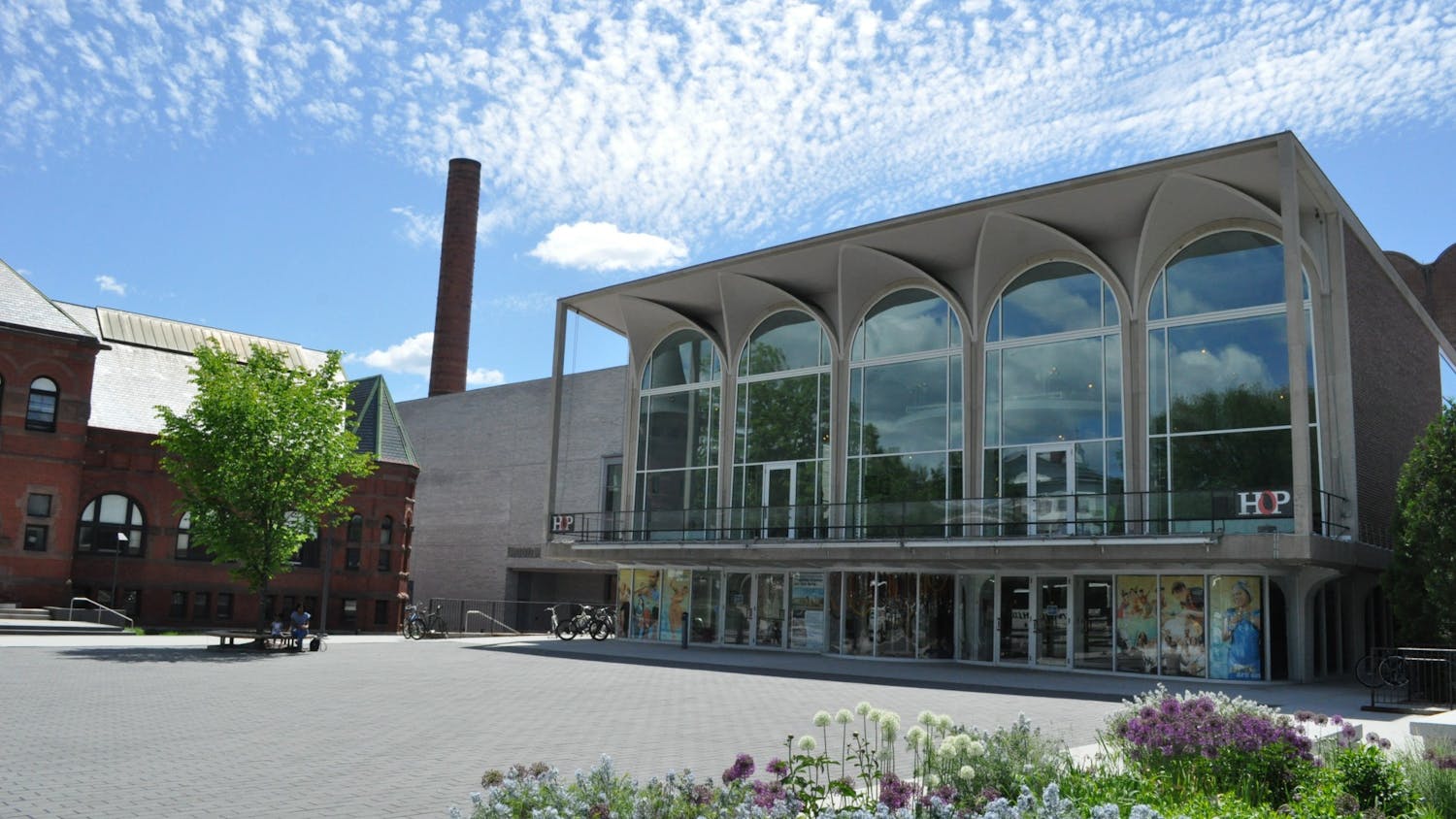During the opening of "American Psycho," globules of a red liquid drip in front of a white backdrop while a large steak knife slashes its way past the screen.
This sequence sinisterly kicks off Mary Harron's adaptation of Bret Easton Ellis's novel, but Harron then cleverly reveals that the red liquid is raspberry sauce and the steak knife belongs to a chef preparing an elegant platter at one of New York's finest restaurants. In a smart post-modern gesture, Harron involves viewers in this scene, giving a reminder that there's something a bit perverse in all of those who immediately assume that steak knives are for murder.
Despite this, beyond the film's first 30 minutes, there's little clever or profound about this extremely black comedy. In the film, a well-dressed and attractive Christian Bale plays Patrick Bateman (a not-so-subtle allusion to Hitchcock's "Psycho"), a Wall Street flunky living in the pre-crash late '80s who -- surprise, surprise -- cares more about money and lunch reservations at chic restaurants than anything else. He treats women as sex objects, constantly harasses his secretary and spends most of his day making sure he looks good in his suit.
His "friends," all of whom look alike and cannot even manage to tell each other apart, exist as the constant envy of Patrick. Patrick's world is one where men think they are gods and don't care what they must do to hoard more material wealth. Every character in Harron's movie is despicable and has no redeeming qualities, and while this works initially, Harron eventually runs out of things to say.
At the beginning, the scenes that work are the ones featuring blistering satire and black humor. An especially notable scene involves Patrick and his colleagues trading business cards, trying to one-up each other with the most tasteful one. Of course, part of the joke is that all of the cards look exactly the same.
In another effective scene, Patrick details the numerous bath products he uses each morning in a humorous voiceover narration. Disappointingly, the use of voiceover narration has become all too common in book-to-film adaptations and the narration in "American Psycho" eventually becomes tired.
The primary problem is that after this initial cleverness, the film ruminates with the same themes introduced in the beginning for its remainder, without any progression, change or innovation. Excessive materialism is bad -- that's no secret -- but we don't need two hours of shallow characters and talk about whose Manhattan apartment overlooking the Park is best to tell us that. We already know the shallow stereotype that Wall Street guys are all carbon-copied preppies without "American Psycho's" characters all looking identical and being unable to recognize each other over and over and over again.
Especially funny are Bale's sex romps, in which he spends more time looking at himself naked in the mirror and arguing the merits of '80s pop-music with himself than paying attention to the women he is with.
Unfortunately, even here, Harron's feminist direction only cares about repeatedly reminding us of Patrick's self-importance (and that of males in general), and by this time in the movie, there has been enough.
The fact that Patrick is crazy isn't a secret either; we learn this in the film's first few minutes. We do not need Harron to scream this in our faces by showing so many different murders: one with a knife and another with an axe, all executed while Patrick continually discusses the fine points of Phil Collins and Huey Lewis.
We certainly don't need Patrick to run screaming and naked with a chainsaw after a terrified woman to be reminded that indeed, he is insane. As for the film's touted and ambiguous finale, the vagueness is admittedly appreciated, but the summation is not earth shattering or groundbreaking enough to warrant comparisons to the culmination of "Fight Club" or "The Usual Suspects."
Despite its lack of depth, there are some good things about "American Psycho." While the screenplay may be repetitive, Bale's performance is actually quite convincing, generally underplaying his insanity while remaining quite frightening. His strange manner of speaking and facial expressions are almost normal, but there's always a small reminder of his insanity under the surface.
Additionally, production designer Gideon Ponte does a great job building a surreal look for the movie. Patrick's apartment is delightfully minimalist, appearing entirely modern and sterile in only black and white with very little furniture. His office is right out of a Wall Street investment bank.
Also, the remainder of the sets are highly stylized and fashionable. For example, the many restaurants Patrick visits are all New York-chic -- residents will appreciate shout outs to places like Le Cirque -- complete with strangely shaped tables and menus stamped from metal.
But Ponte's attractive design doesn't make up for the film's lack of depth. Even if its shallowness were intentionally supposed to advance the movie's theme, it doesn't succeed, and viewers are left wishing that the film were trimmed to a clever 30 minutes instead of a repetitive 97 minutes.



